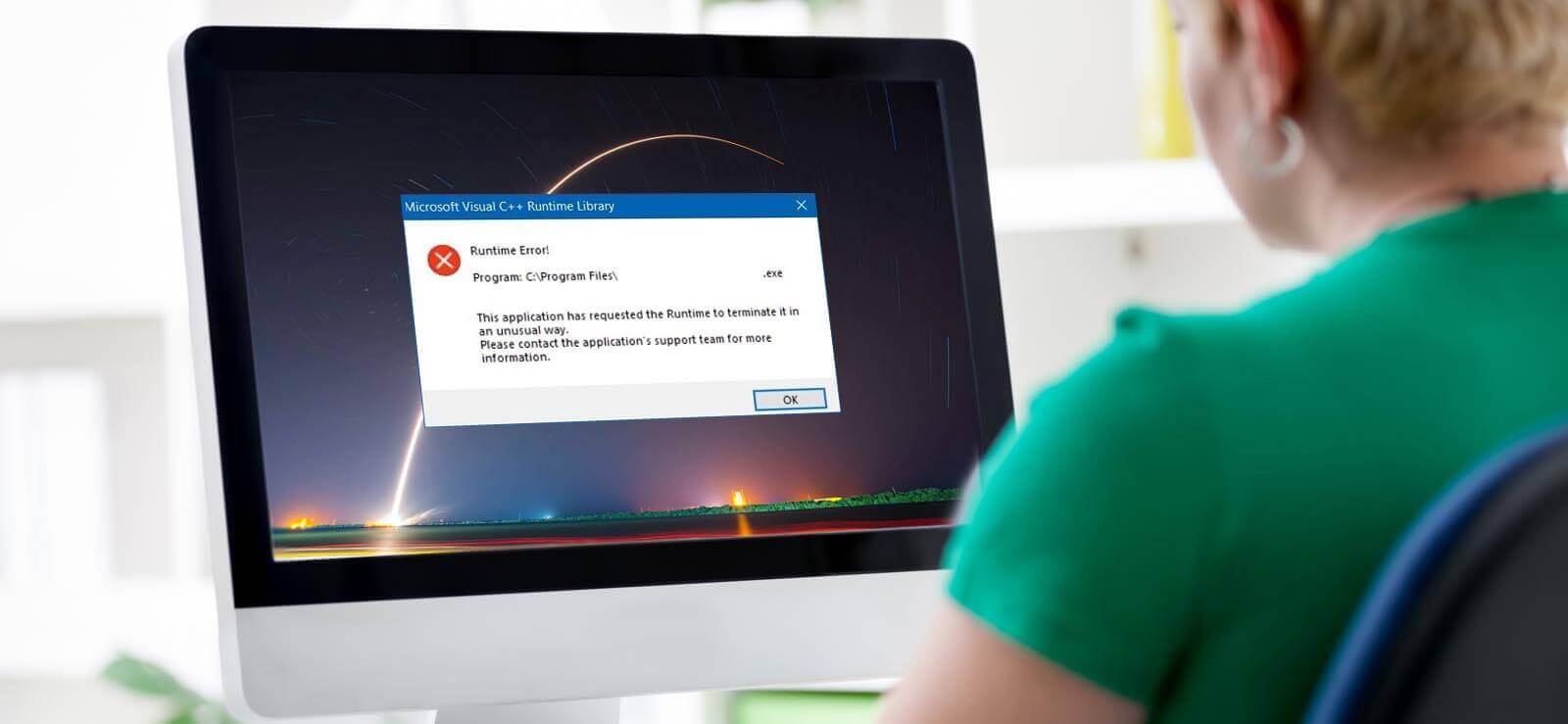

- #Windows 10 universal runtime update
- #Windows 10 universal runtime windows 10
- #Windows 10 universal runtime software
- #Windows 10 universal runtime windows 8
True multi-instancing of these apps were not available until Windows 10 version 1803 (released in May 2018). (Some desktop apps, such as Windows Media Player, are designed to allow only a single instance, but this is not enforced by the operating system.) However, in Windows 8, only one copy of Metro-style apps may run at any given time invoking the app brings the running instance to the front. For example, one user may run as many copies of programs such as Notepad, Paint or Firefox as the system resources support. There is no set limit on how many copies of desktop apps can run simultaneously.
#Windows 10 universal runtime update
Windows 8.1 Update added taskbar icons for Metro-style apps.
#Windows 10 universal runtime windows 8
In addition, in Windows 8 and Windows 8.1 RTM, they are not shown on the Windows taskbar when they run, but on a dedicated app switcher on the left side of the screen. Metro-style apps, however, are identified by their "tiles" that can show their icon and also other dynamic contents. Windows taskbar was responsible for representing every app that had a window when they run. Traditional third-party apps do not run on this operating system.īefore Windows 8, computer programs were identified by their static computer icons. Metro-style apps are the only third-party apps that run on Windows RT. Also, major web browser vendors such as Google and Mozilla Foundation are selectively exempted from this rule they are allowed to circumvent Microsoft guidelines and Windows Store and run a Metro-style version of themselves if the user chooses to make their product the default web browser. Enterprises operating a Windows domain infrastructure may enter into a contract with Microsoft that allows them to sideload their line-of-business Metro-style apps, circumventing Windows Store. Distribution and licensing įor most users, the only point of entry of Metro-style apps is Windows Store. The "hamburger" menu button on their title bar gives access to the charms. In response to criticism from customers, in Windows 8.1, a title bar is present but hidden unless users move the mouse cursor to the top of the screen. Metro-style apps use the UI controls of Windows 8.x and typically follow Windows 8.x UI guidelines, such as horizontal scrolling and the inclusion of edge-UIs, like the app bar. Menus are located in the " settings charm". Command interfaces like scroll bars are usually hidden at first. They have no title bar, system menu, window borders or control buttons. Instead, they either occupy the entire screen or are snapped to one side, in which case they occupy the entire height of the screen but only part of its width.


In Windows 8.x, Metro-style apps do not run in a window.
#Windows 10 universal runtime software
Windows software first became available under the name " Metro-style apps" when the Windows Store opened in 2012 and were marketed with Windows 8. Microsoft started to retrospectively use " Windows Runtime app" to refer to the precursors of UWP app, for which there was no unambiguous name before. The terms " Universal Windows Platform" (or "UWP") and "UWP app" only appear on Microsoft documentation for its developers. Starting with Windows 10 1903, Windows indiscriminately refers to all of them as "Apps". Other computer programs running on a desktop computer are "desktop apps". Any app installed from Microsoft Store (formerly Windows Store) was initially "Trusted Windows Store app" and later "Trusted Microsoft Store apps". Starting with Windows 10, Windows initially used "Windows app" to refer to a UWP app.


 0 kommentar(er)
0 kommentar(er)
